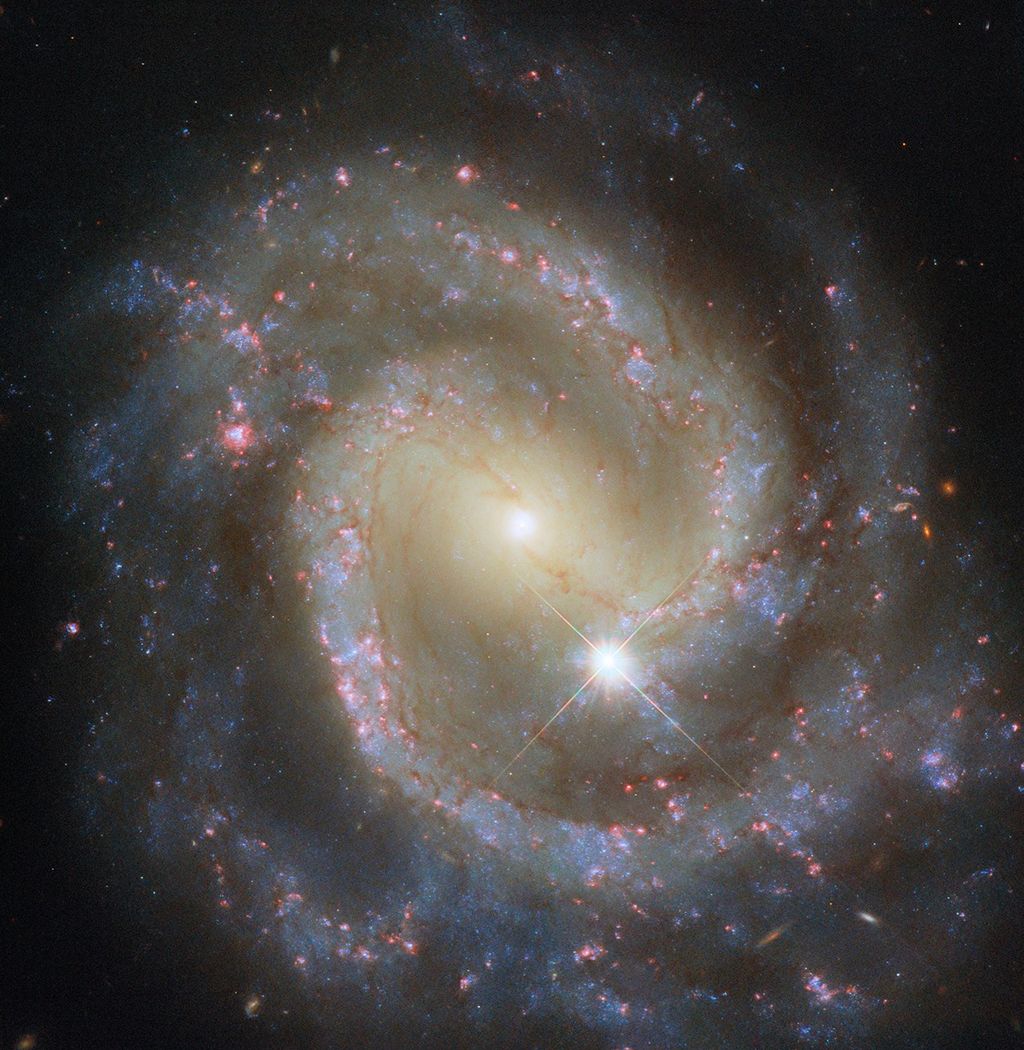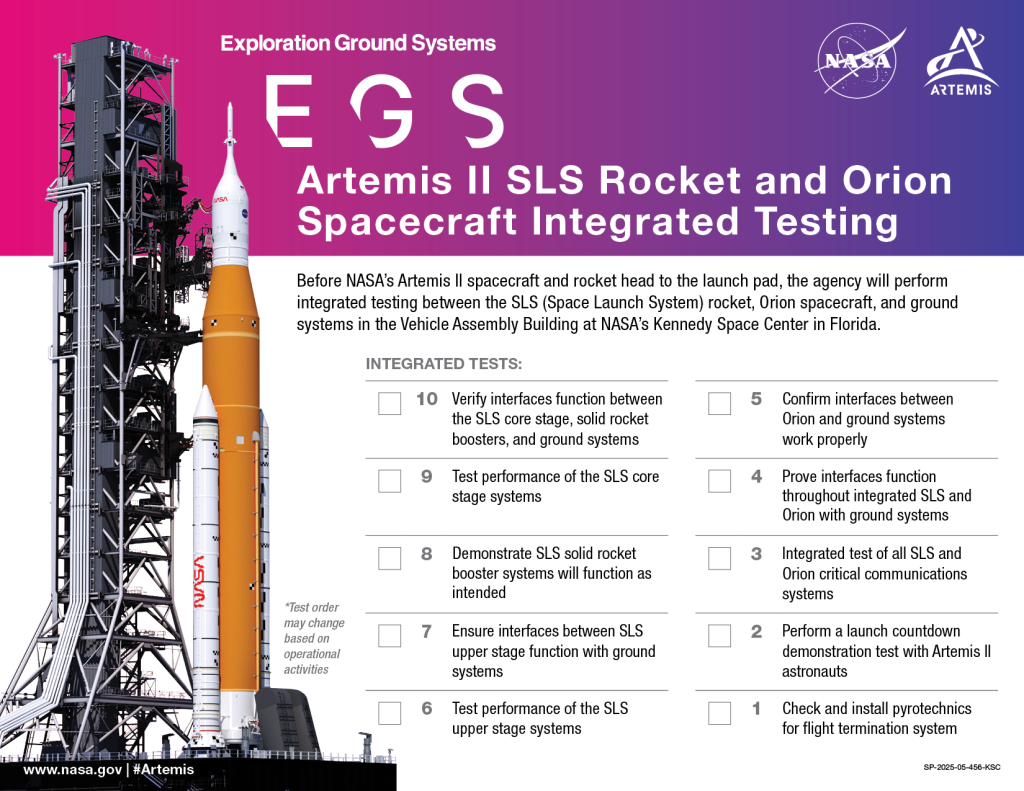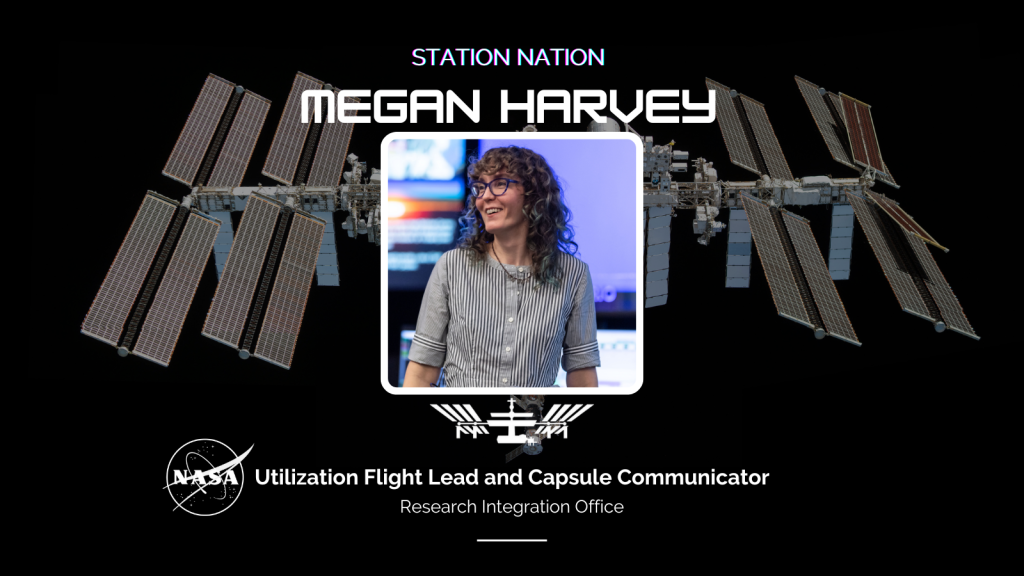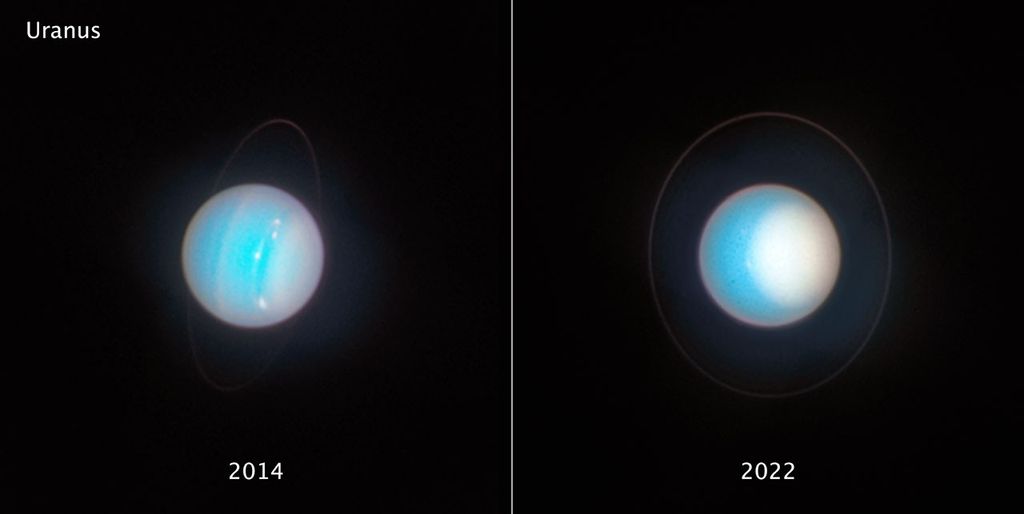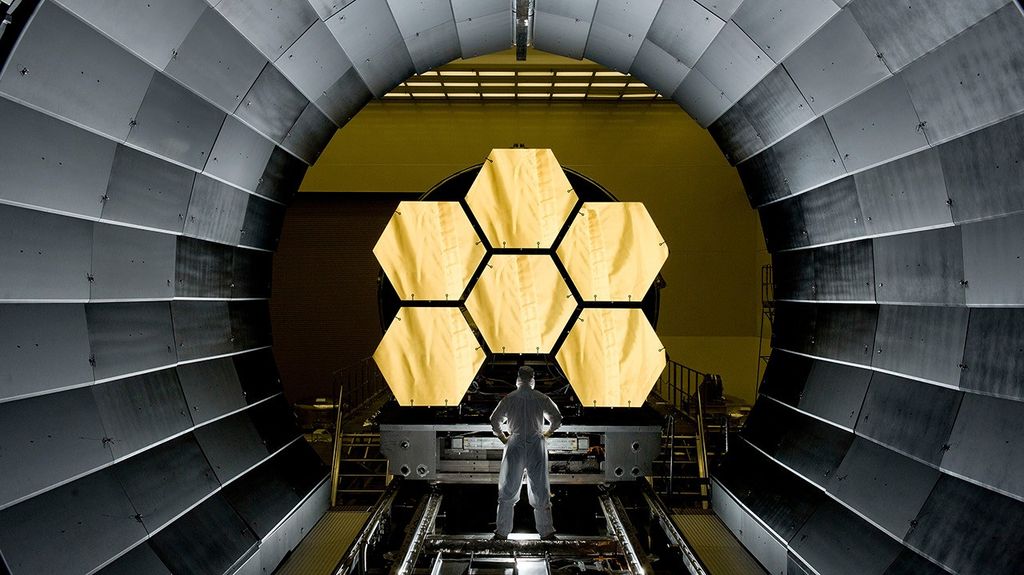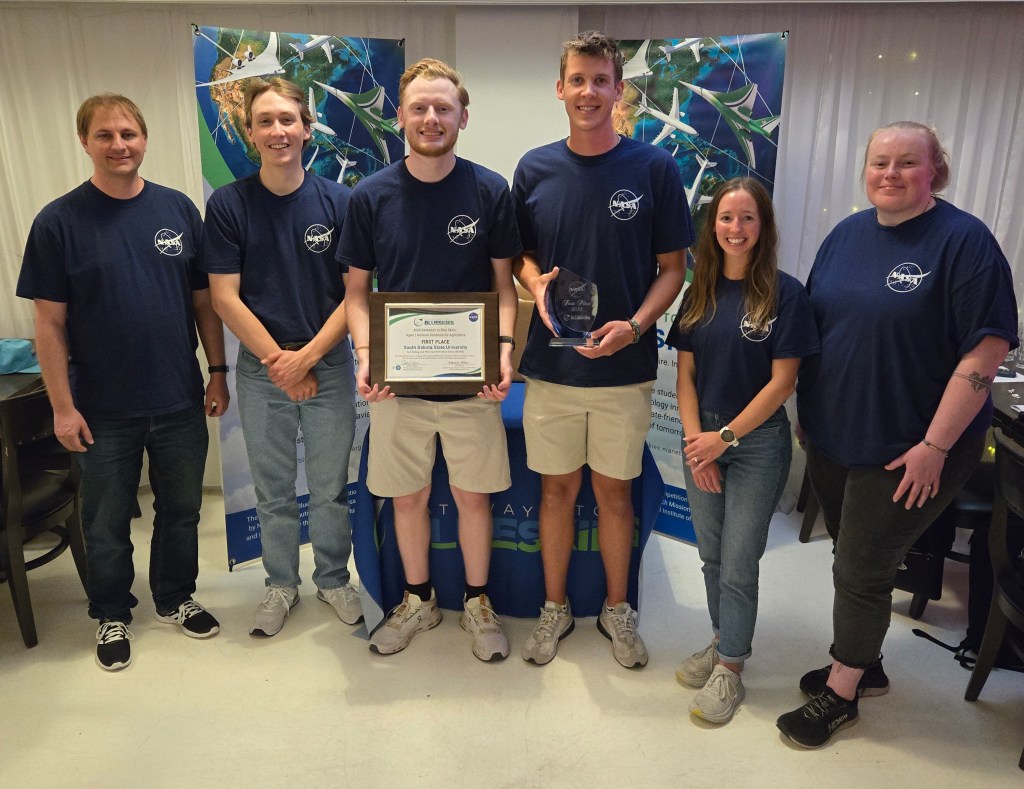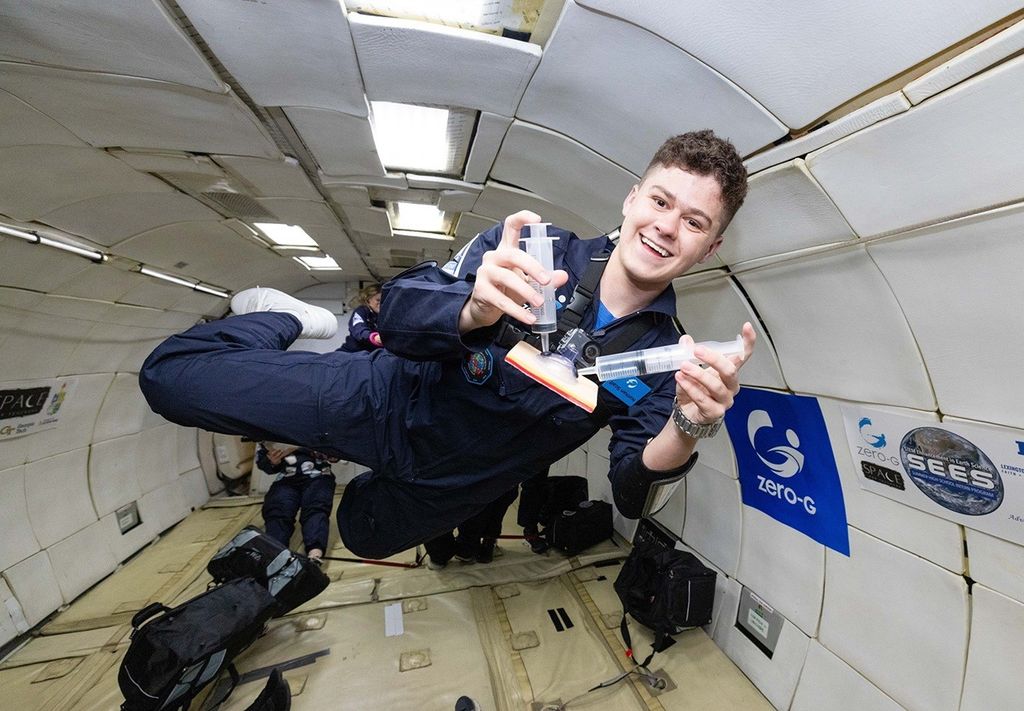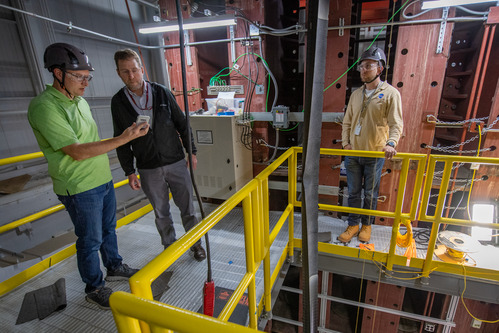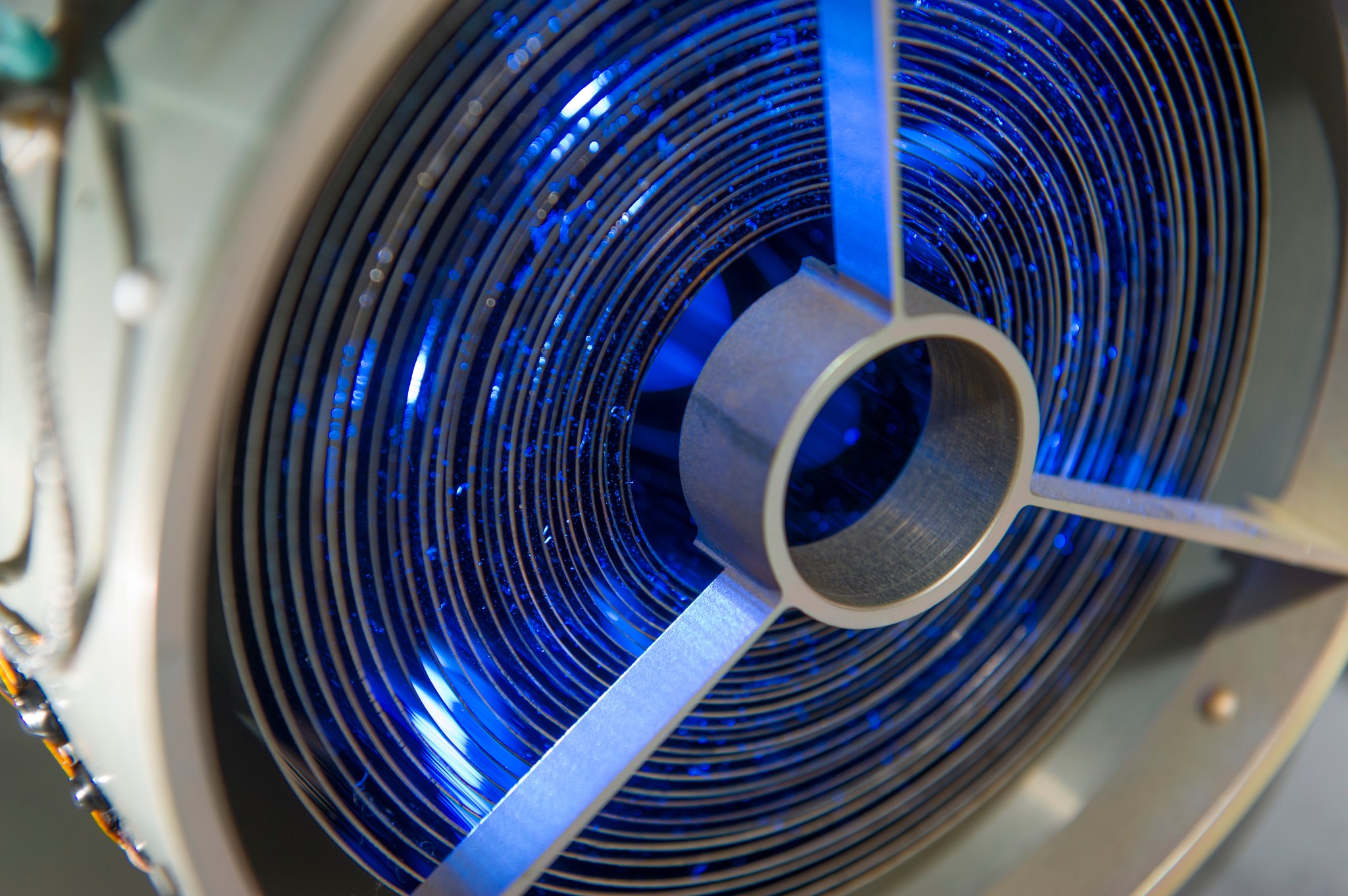On July 13, the Russian State Space Corporation Roscosmos (Roscosmos) launched the world’s newest set of X-ray eyes to the cosmos, designed for exploring fundamental questions about the universe’s past, present and future. On board is a very sensitive set of mirrors made by NASA for finding black holes.
The Spectrum X-Gamma spacecraft blasted off successfully at 8:31 a.m. EDT from the Baikonur Cosmodrome in Kazakhstan. Its destination is a special gravitational “parking spot” called the second Lagrangian point, about 930,000 miles (1.5 million kilometers) from Earth. The mission is known as SRG because of its German name, Spektrum-Roentgen-Gamma.
“SRG is a fantastic example of international cooperation in space,” said Paul Hertz, director of astrophysics at NASA Headquarters, Washington. “We look forward to seeing all of the exciting science that comes out of this mission.”
The SRG is an international high-energy astrophysics observatory built under the leadership of Roscosmos in partnership with the German Aerospace Center (DLR), with contributions from NASA’s Marshall Flight Center in Huntsville, Alabama, and other institutions in Russia and Europe. NASA team members will play an important role in data processing and making scientific data available to collaborators for analysis.
The observatory is designed to scan the whole sky every six months over a four-year period and collect X-ray signals from countless celestial objects and phenomena. Astronomers will use these data to map the observable X-ray universe in more detail than ever before. The enhanced all-sky survey will answer questions about cosmic mysteries such as dark matter and dark energy, the physics of black holes, and the evolution of the universe as we know it.
“SRG is proof that X-ray astronomy, which began with the Space Age, is truly a global science,” said Brian Ramsey, technical lead for SRG at NASA Marshall. “The international team is eager to study a wide range of celestial sources, especially clusters of galaxies and black hole systems, made available by SRG.”
Ramsey and colleagues at NASA Marshall developed and built the mirrors for one of the mission’s science instruments — the Astronomical Roentgen Telescope X-ray Concentrator, or ART-XC, developed in Russia.
ART-XC sees light extending to the “hard” X-ray range, from a few to 20-30 kilo electron Volts (keV). ART-XC will view the sky at the same time as SRG’s primary instrument called the extended ROentgen Survey with an Imaging Telescope Array, or eROSITA, developed by the Max Planck Institute for Extraterrestrial Physics in Germany. eRosita is sensitive to low-energy or “soft” X-rays in the range of about .5 to 2 keV. Both instruments will be looking for black holes hidden behind dust and gas in galaxies.
Finding the traces of black holes requires X-ray vision. But unlike visible light, X-rays only reflect off surfaces at glancing angles — as a rock might skip off the surface of a lake. X-ray mirrors must therefore be designed with the reflecting surfaces almost parallel to the incoming X-rays. Just one mirror isn’t enough, however, to collect very much X-ray light. To intercept as much light as possible, X-ray telescopes require a series of nearly parallel mirror surfaces. This is accomplished with the use of thin shells of mirrors, nested together like Russian dolls.
The challenge for ART-XC’s mirrors is that high-energy X-ray light reflects at angles that are even more glancing, or close to parallel. As a result, more shells are needed. To collect enough X-ray light, ART-XC has seven sets of 28 nested shells, with special reflective coatings. Each mirror is most efficient at reflecting a particular range of X-ray wavelengths.
ART-XC’s mirrors are electroformed from a nickel-cobalt alloy and coated with ultra-thin layers of reflective iridium coating which are smooth to 0.5 nanometers – about 1/1000 the wavelength of visible light. Researchers at Marshall have been developing and refining this mirror-making technology since the 1990s. SRG provides the first opportunity to use it on an orbiting X-ray observatory.
“ART-XC would not be where it is now without the support and expertise of Misha Gubarev,” said Ramsey. Mikhail “Misha” Gubarev was project lead for the SRG collaboration at Marshall. He died from complications of cancer in 2017.

